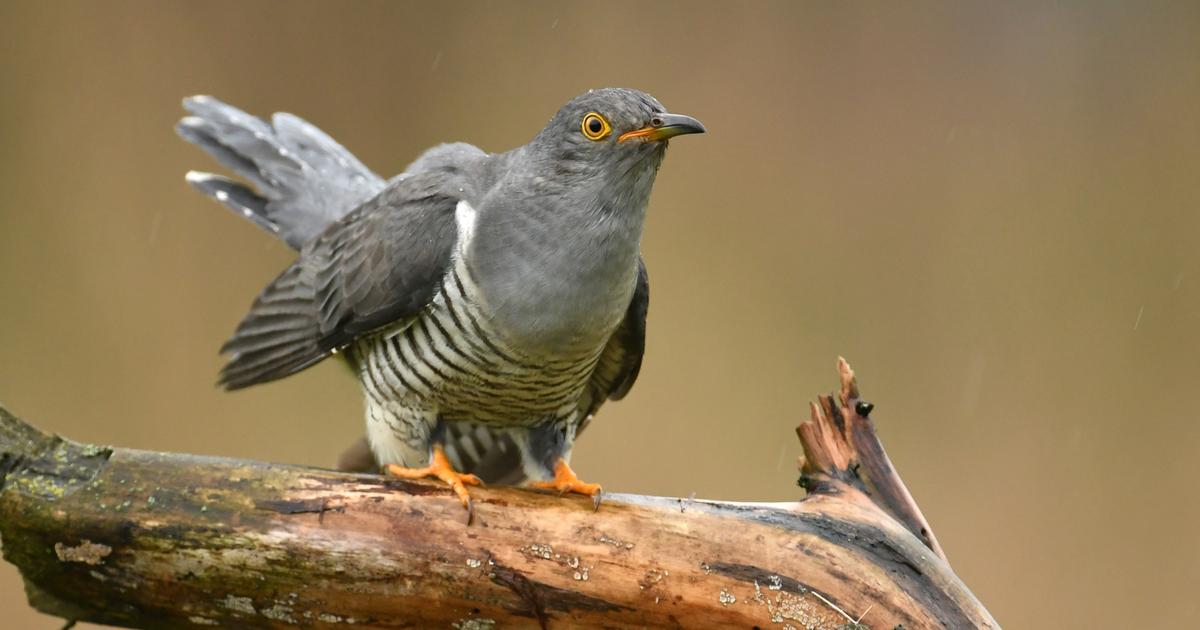Anna Zora, conservation director for Fregate, a small private island in the Seychelles archipelago in the Indian Ocean near Madagascar, filmed a giant vegetarian tortoise attacking and eating a small tern chick.
The afternoon video of July 30, 2020, is the first documentary evidence of deliberate hunting of any species of wild tortoise on record in the world.
The analysis of the possible motives and consequences of the unusual attack has been published this Monday in the journal
Current Biology.
A turtle found in Galapagos denies the extinction of its species 100 years ago
Justin Gerlach, a researcher at the Museum of Zoology at the University of Cambridge and director of the research, explains by mail that this is "completely unexpected behavior that has never been seen in wild turtles before."
According to Gerlach, research shows that turtles are much more complex than most people think.
"There is a mistaken belief that these animals are slow, boring and probably stupid, but the video is further proof of their intelligence and ability," says the scientist.
There are about 3,000 giant tortoises on the island, which in adulthood measure more than 50 centimeters University of Cambridge
The observation was made by chance by Zora, co-author of the work, while studying the behavior of seabirds that for a few years have come to repopulate the island thanks to a process of rebuilding their habitat. Gerlach says that his partner noticed something strange in the movement of one of the giant tortoises, which they call
Aldabra
, more than 50 centimeters long, and decided to turn on the camera. “He seemed to be moving with much more determination than usual. So I started filming it. He had no idea he was hunting the tern. So it was a casual observation, I was very lucky to be there at that precise moment, ”Zora explains in a magazine press release.
In the full video, which lasts seven minutes,
Aldabra
is seen
chasing the baby tern, also called the sternid or tern, along a fallen tree on the ground.
At the end of the trunk, the chick tries to defend itself by flapping its wings and pecking at the turtle without making contact.
After several attempts, the turtle manages to catch the head of the small bird between its jaws, throws it to the ground and once dead, swallows it whole.
"It was a pretty horrible encounter," says researcher Gerlach.
In this series of images, the process of chasing and hunting the little chick is recorded. University of Cambridge
Before this documentary evidence, all species of tortoises were believed to be vegetarian. In the Seychelles, these giant tortoises are known to play an important role as the largest herbivores on the islands because they consume up to 11% of the local vegetation. "They act as ecosystem engineers: they disperse seeds, break trees and erode rocks," the research reads.
Although turtles had rarely been seen feeding on carrion, bones, or snail shells for calcium, no record of actively pursuing prey in the wild had been recorded. The researchers believe that this hunting behavior was achieved thanks to the rare coexistence of a colony of more than 250,000 tree-nesting terns and a population of more than 3,000 giant tortoises that live below them.
Gerlach affirms that it is the care of the ecosystem that has made this episode possible. "The restoration of the island's forests has allowed the seabirds that used to live there hundreds of years ago to return to their place of origin." For the scientist, this recreates old interactions between species that encourage the development of new behaviors or restore behaviors that used to occur in the past, but have never been seen by humans.
In most places, Gerlach says, potential prey is too fast or nimble to be captured by giant tortoises. The researchers explain that the way the turtle approached the chick on the trunk suggests that this type of interaction has happened before. The scientists explain that the little tern did not try to get off the trunk because, as it nests in the trees, it sees the ground as a dangerous place and remains there out of instinct for safety.
“Any herbivore will opportunistically take advantage of a little extra protein.
Eating other animals is not very surprising: almost any vegetarian will eat some meat if they find it, but the deliberate hunting and killing of another animal is completely unexpected.
The scientist acknowledges that this case probably has little impact on the stability of the ecosystem: “the tern chick cannot fly and is doomed anyway;
He would have been killed by a lizard, a snake, or a crab before the end of the day.
The impact on the turtles may be more important ”.
Giant tortoises on Fregate Island normally feed on leaves, stems and flowers, University of Cambridge
The scientist insists that there have been reports of a turtle killing a bird or crab, but it has never been clear whether it was on purpose or an accident.
For Gerlach this work is only the beginning of a broader investigation.
There are still many questions to be resolved: “how many turtles are doing this, we know there is more than one, but will it be only a few or the majority of the population ?;
How often do they do it ?;
What do they get from the tern, is it just diversity in diet or is there something more important ?;
Will this new diet have any effect on them or their behavior?
You can follow MATERIA on
,
and
, or sign up here to receive
our weekly newsletter
.





